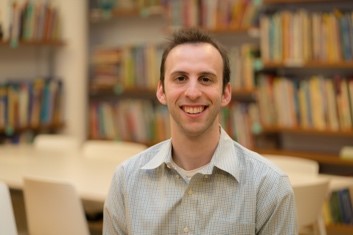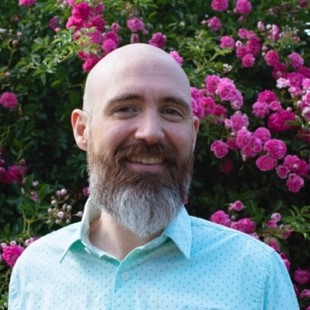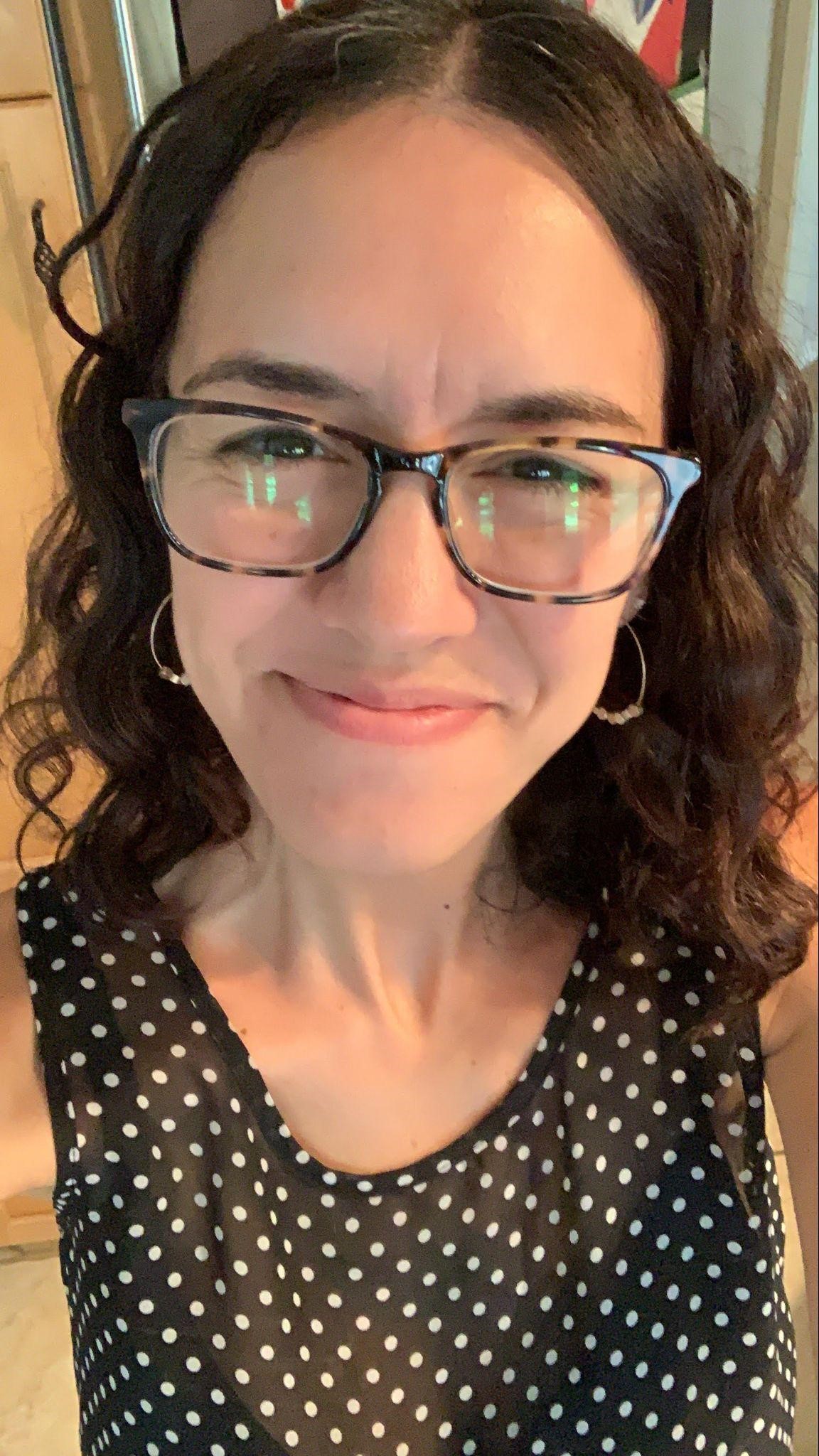Next Gen Navigator
Developing a Science Teaching Workforce Prepared to Teach Multilingual Learners
By Scott E. Grapin, Enrique Suárez, and María González-Howard
Posted on 2022-02-24
Disclaimer: The views expressed in this blog post are those of the author(s) and do not necessarily reflect the official position of the National Science Teaching Association (NSTA).
As teacher educators deeply committed to equity in science learning, we are excited about the publication of Call to Action for Science Education. (National Academies of Sciences, Engineering, and Medicine [NASEM] 2021) The report presents an ambitious vision for better and more equitable science education by outlining a set of priorities for addressing “deep and enduring disparities” (NASEM 2021, p. 8) in access to high-quality science learning.
As one of its key priorities, the report emphasizes developing and supporting a strong, diverse science teaching workforce. This priority responds to the challenge that many teachers report feeling underprepared to teach science, especially in the context of an increasingly diverse K–12 student population. To address this challenge, the report calls for bolstering science teacher education. This means developing science teachers who are “fluent in the subject matter they teach and fluent in the pedagogy of effective science instruction, including how to promote the success of culturally and linguistically diverse students.” (NASEM 2021, p. 23)
In this blog post, we build on the report’s call for bolstering science teacher education by drawing attention to the preparation of teachers to work with multilingual learners, a fast-growing student population traditionally underserved in science classrooms. (González-Howard, Suárez, and Grapin 2021) Below, we highlight three ways to support science teachers to teach multilingual learners, along with brief illustrative examples from our own experiences working with both preservice and inservice teachers.
- Science teachers can adopt an asset-based view of multilingual learners in science classrooms. To teach multilingual learners in science, teachers need to recognize, affirm, and leverage the assets these students bring to science classrooms. Although teachers want to do their best for their students, some teachers may hold deficit views of multilingual learners (views that are often subconscious), such as believing that multilingual learners are not capable of participating in rigorous science learning until they reach a certain level of English proficiency. However, when given opportunities to interact one-on-one with these students, teachers can interrogate and reflect on their beliefs. For example, in María’s elementary science methods course, she has preservice teachers design and conduct interactive science interviews with multilingual learners in which students explain their current understandings of a natural phenomenon. These interviews help preservice teachers recognize the brilliance in students’ ideas and their wide-ranging ways of expressing this brilliance.
- Science teachers can develop expansive understandings of language in science learning. To teach multilingual learners in science, teachers benefit from examining their assumptions about language and how language is used to “do” science. For example, in Scott’s science methods course, he engages preservice teachers in reflecting on how the theories of language they adopt (e.g., whether they view language as structure or as meaning-making) impact their instruction with multilingual learners in science classrooms (e.g., whether they pre-teach science vocabulary or not). Scott also engages preservice teachers in analyzing student models in multiple modalities (e.g., drawings, symbols, language) to recognize the value of multiple ways of representing science ideas.
- Science teachers can develop a repertoire of practices for engaging multilingual learners in science learning. To teach multilingual learners in science, teachers need to develop teaching practices that integrate phenomena-driven science learning with expansive understandings of language. For example, in Enrique’s professional development workshops with preK–5 inservice science teachers, he invites teachers to collaboratively figure out a puzzling phenomenon, paying special attention to the communicative resources that teachers use to do so (e.g., using onomatopoeias to illustrate the pitch of different sounds). After reflecting on their own sensemaking, teachers watch and analyze a video of multilingual learners figuring out the same phenomenon, paying special attention to the communicative resources that students use. Through this activity, teachers come to understand that there are many ways to make meaning in science (beyond the typically privileged “academic” English) and how they can open up spaces for multilingual learners to use all their communicative resources in the science classroom.
We emphasize that developing these understandings and practices is an ongoing process that will require science teachers to have sustained and well-supported learning experiences. This process should begin with preservice teacher education and extend into teachers’ professional settings.
We hope the examples provided in this blog post stimulate further efforts at developing a science teaching workforce ready to harness the strengths of multilingual learners and other student groups historically excluded from rigorous and meaningful science learning. Collectively, these efforts can help fulfill Call to Action for Science Education’s ambitious vision of better, more equitable science learning for all.
References
González-Howard, M., E. Suárez, and S. E. Grapin. 2021, August 17. A call to #retireELL in science education. Arlington, VA: National Science Teaching Association. www.nsta.org/blog/call-retireell-science-education.
National Academies of Sciences, Engineering, and Medicine. 2021. Call to action for science education: Building opportunity for the future. Washington, DC: National Academies Press. www.nap.edu/catalog/26152/call-to-action-for-science-education-building-opportunity-for-the.

Scott E. Grapin is an assistant professor of language, literacy, and learning in multilingual settings at the University of Miami in Coral Gables, Florida. His research centers on equity for multilingual learners in K–12 education, particularly in science, technology, engineering, and math (STEM) content areas. Grapin has facilitated professional learning with inservice teachers at local, state, and national levels and currently teaches preservice teachers preparing to work with multilingual learners. He began his career in education as a high school English as a Second Language (ESL) teacher in the New Jersey public schools.

Enrique (Henry) Suárez is an assistant professor of science education at the University of Massachusetts, Amherst. His research focuses on designing science learning environments that invite elementary-aged emergent multilingual students to investigate natural phenomena through leveraging their conceptual resources and translanguaging practices. Suárez also works to support preservice and inservice teachers to identify and respond to students’ sensemaking repertoires as intellectually generative in science. Before working in classrooms, Suárez was an astrophysicist for 10 years and studied the accelerated expansion of the universe.

María González-Howard is an assistant professor in STEM Education at The University of Texas at Austin. Her research explores the intersections of multilingualism, scientific sensemaking, and teacher education, with a specific focus on the ways multilingual students engage in science practices through translanguaging. Before receiving her doctorate from Boston College, she was a middle school science teacher in general and sheltered English instruction classrooms in both Texas and Massachusetts.
Note: This article is featured in the February 2022 issue of Next Gen Navigator, an e-newsletter from NSTA delivering information, insights, resources, and professional learning opportunities for science educators by science educators focusing on the themes highlighted in Call to Action for Science Education and on the Next Generation Science Standards and three-dimensional instruction. Click here to sign up to receive the Navigator.
The mission of NSTA is to transform science education to benefit all through professional learning, partnerships, and advocacy.


